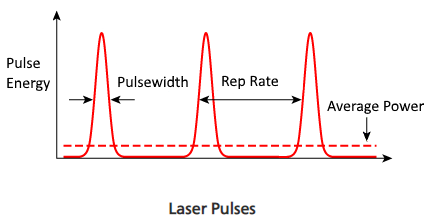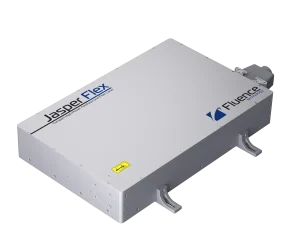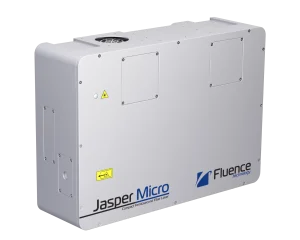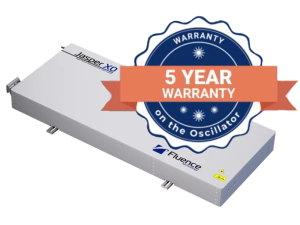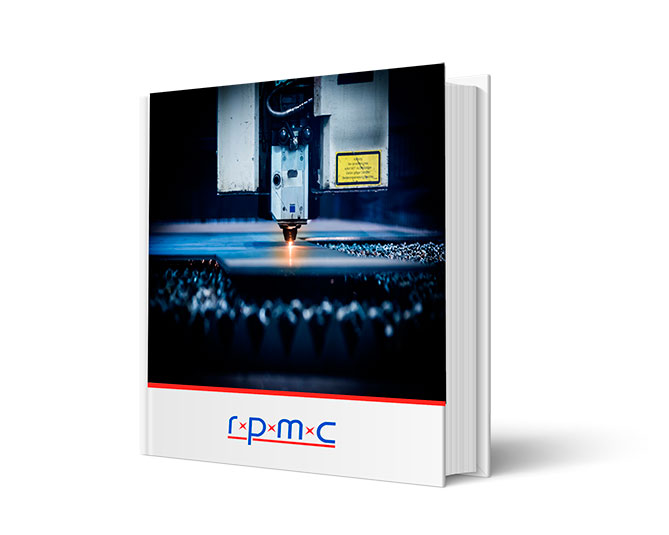Adjustable Pulse Width Lasers:
Precisely Tuned Pulse Width Control for Custom Applications
-
-
-
-
- Flexible Pulse Width Control for Diverse Application Requirements
-
-
-
-
-
-
-
- Versatile, Customizable Configurations & Wavelengths from UV to NIR
-
-
-
-
-
-
-
- Extremely Rugged, Robust, & Reliable Fiber Laser Solutions
-
-
-
The Adjustable Pulse Width Lasers We Offer:
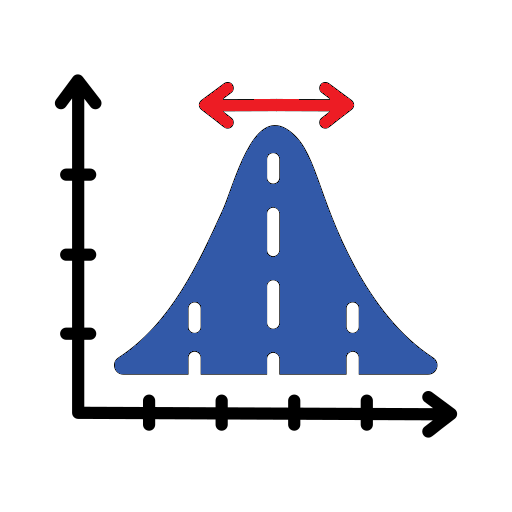
Flexible Pulse Width Control for Diverse Application Requirements
-
- Pico to femto pulse width adjustment supports many applications & materials
- Fine-tuned control allows for optimization of ablation, cutting & drilling processes
- Enables customization for thermally sensitive or high-precision tasks
Versatile, Customizable Configurations & Wavelengths from UV to NIR
-
- 1030nm NIR wavelength – Green & UV harmonic options: 515, 343 & 258nm
- Customizable configurations ensure you get exactly what you need
- Let us know what you need, and we’ll find a solution for you

Extremely Rugged, Robust, & Reliable Fiber Laser Solutions
-
- Proven extreme shock & vibe resistant truly all-fiber laser designs
- Long lifetime, long-term stability & hands-free operation
- High-power, compact, or balance of size/power configurations
For nearly 30 years, RPMC’s selection of Adjustable Pulse Width Lasers has set the standard for affordable precision across a wide range of applications, from defense to medical, industrial, and research with 1000’s of successful units in the field. We understand that every application has unique requirements, which is why our configurable platforms are designed to offer the perfect fit for your needs—whether you’re working with fundamental wavelengths, harmonics, or specialty wavelengths. As your partner, we’re here to guide you through the selection process, ensuring that your adjustable pulse width laser integrates seamlessly into your existing systems. With time-tested technology that balances power and precision, we’re committed to supporting your success every step of the way.

 SHIPS TODAY
SHIPS TODAY 